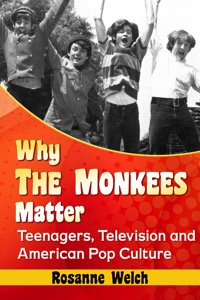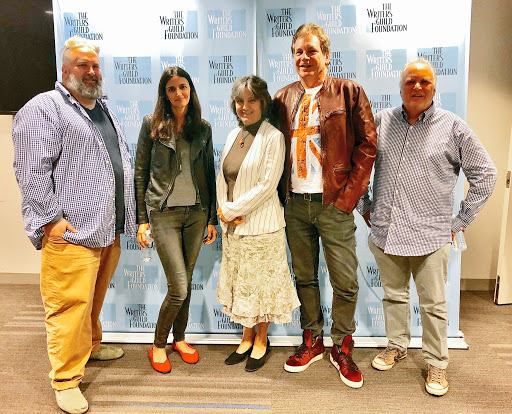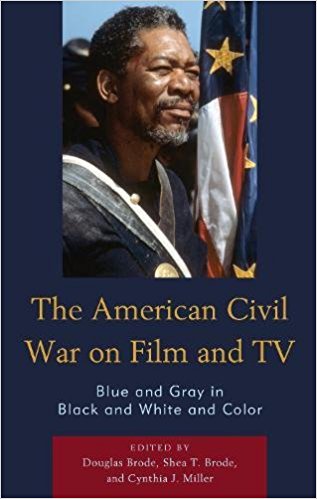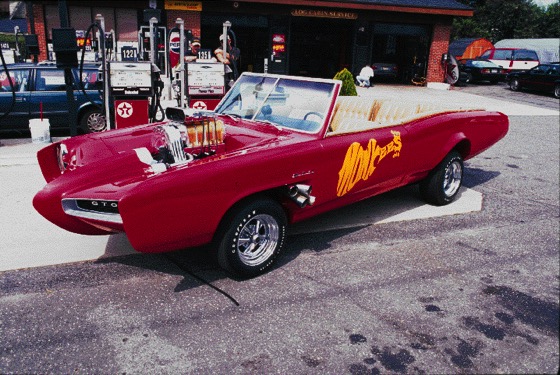A History of Screenwriting – 43 in a series – Body and Soul – Oscar Micheaux (1925)
Oscar Devereaux Micheaux (US: /ˈɒskə.mɪˈʃoʊ/ ( listen); January 2, 1884 – March 25, 1951) was an African American author, film director and independent producer of more than 44 films. Although the short-lived Lincoln Motion Picture Company was the first movie company owned and controlled by black filmmakers,[1] Micheaux is regarded as the first major African-American feature filmmaker, a prominent producer of race film, and has been described as “the most successful African-American filmmaker of the first half of the 20th century”.[2] He produced both silent films and sound films when the industry changed to incorporate speaking actors.
Micheaux’s first novel The Conquest was adapted to film and re-titled The Homesteader.[5] This film, which met with critical and commercial success, was released in 1919. It revolves around a man named Jean Baptiste, called the Homesteader, who falls in love with many white women but resists marrying one out of his loyalty to his race. Baptiste sacrifices love to be a key symbol for his fellow African Americans. He looks for love among his own people and marries an African-American woman. Relations between them deteriorate. Eventually, Baptiste is not allowed to see his wife. She kills her father for keeping them apart and commits suicide. Baptiste is accused of the crime, but is ultimately cleared. An old love helps him through his troubles. After he learns that she is a mulatto and thus part African, they marry. This film deals extensively with race relationships.
Director:Oscar Micheaux
Writers:Oscar Micheaux (novel)
Oscar Micheaux (screenplay)
Paul Robeson … Reverend Isaiah T. Jenkins / His brother Sylvester
Mercedes Gilbert … Isabelle – the Girl Julia
Theresa Russell … Martha Jane – Her Mother
Lawrence Chenault … Yello-Curley’ Hinds – the Phony Reverends Former JailmateA minister is malevolent and sinister behind his righteous facade. He consorts with, and later extorts from, the owner of a gambling house, and betrays an honest girl, eventually driving them both to ruin.
Trivia
The board censors initially had strong objections to the dark and sinister portrayal of a man of the cloth. But with no money left for reshoots, producer Oscar Micheaux shot a quick ending which makes most of the film’s action a dream of the heroine’s.
Film debut of Paul Robeson.— Wikipedia
Learn more about Oscar Micheaux with these books
* A portion of each sale from Amazon.com directly supports our blogs *
* Many of these books may be available from your local library. Check it out!
I teach several classes for the Stephens College Low-Residency MFA in Screenwriting, including History of Screenwriting. In fact, I created the curriculum for that course from scratch and customized it to this particular MFA in that it covers ‘Screenwriting’ (not directors) and even more specifically, the class has a female-centric focus. As part History of Screenwriting I, the first course in the four-class series, we focus on the early women screenwriters of the silent film era who male historians have, for the most part, quietly forgotten in their books. In this series, I share with you some of the screenwriters and films that should be part of any screenwriters education. I believe that in order to become a great screenwriter, you need to understand the deep history of screenwriting and the amazing people who created the career. — Dr. Rosanne Welch




![24: Writers, Actors and The Monkees : “Why The Monkees Matter” Interview with Jean Power [Video] (0:57)](https://rosannewelch.com/wp-content/uploads/2017/10/rmw-power-24-writers-actors.jpeg)

![Dr. Rosanne Welch Moderates “Freaks, Geeks, And Queen Bees: Crafting The Teenage Voice For TV” [Photos]](https://rosannewelch.com/wp-content/uploads/2017/10/wga-panel-1.jpg)

![My Background from Giving Voice to Silent Films and the Far From Silent Women Who Wrote Them with Dr. Rosanne Welch [Video] (0:40)](https://rosannewelch.com/wp-content/uploads/2017/10/ufva-03-background.jpeg)









![23: Writers, Fans and The Monkees : “Why The Monkees Matter” Interview with Jean Power [Video] (1:14)](https://rosannewelch.com/wp-content/uploads/2017/10/rmw-power-23-writers-fans.jpeg)




![Remember the Ladies from Giving Voice to Silent Films and the Far From Silent Women Who Wrote Them with Dr. Rosanne Welch [Video] (0:56)](https://rosannewelch.com/wp-content/uploads/2017/10/ufva-02-remember-ladies.jpeg)